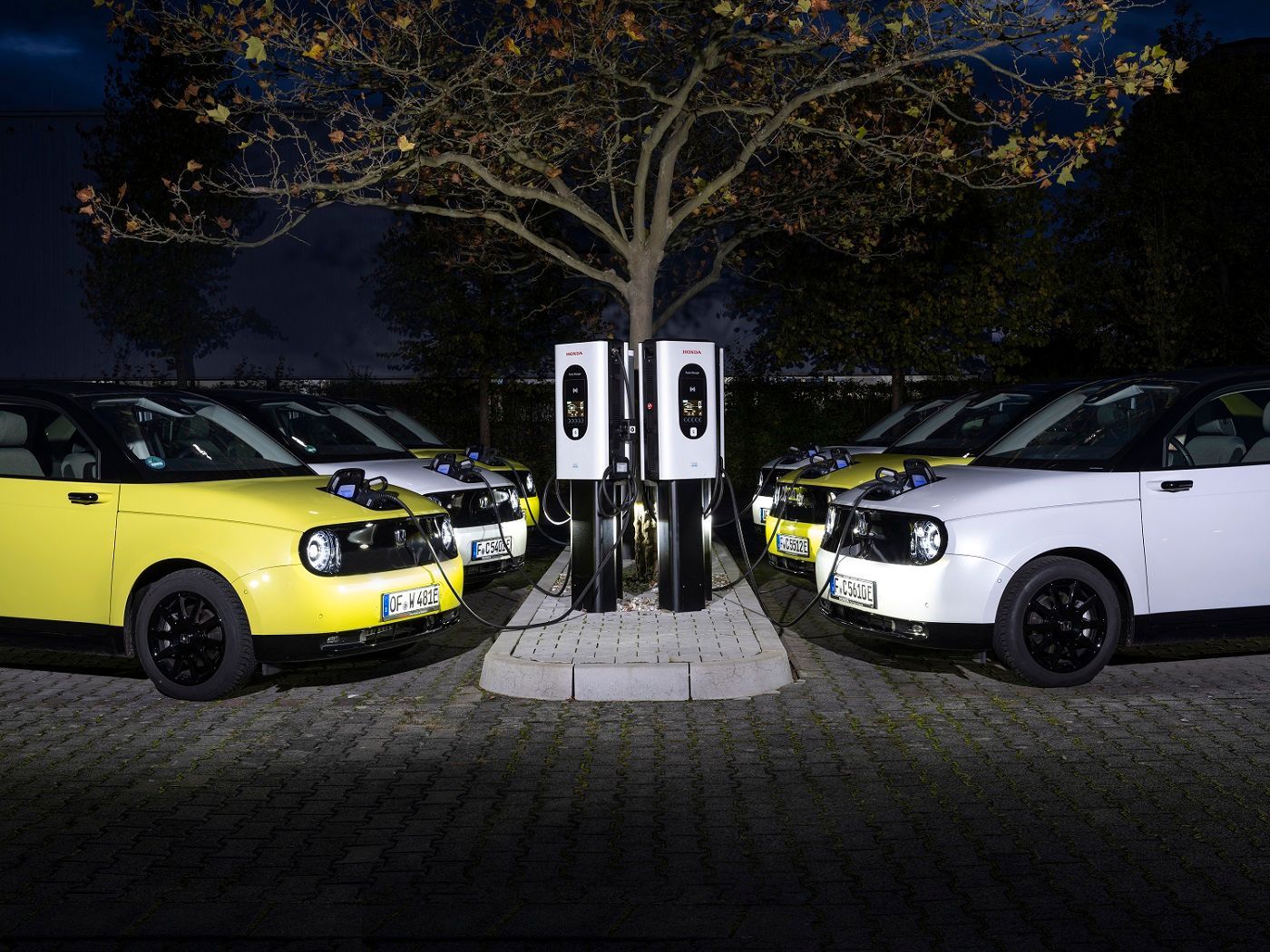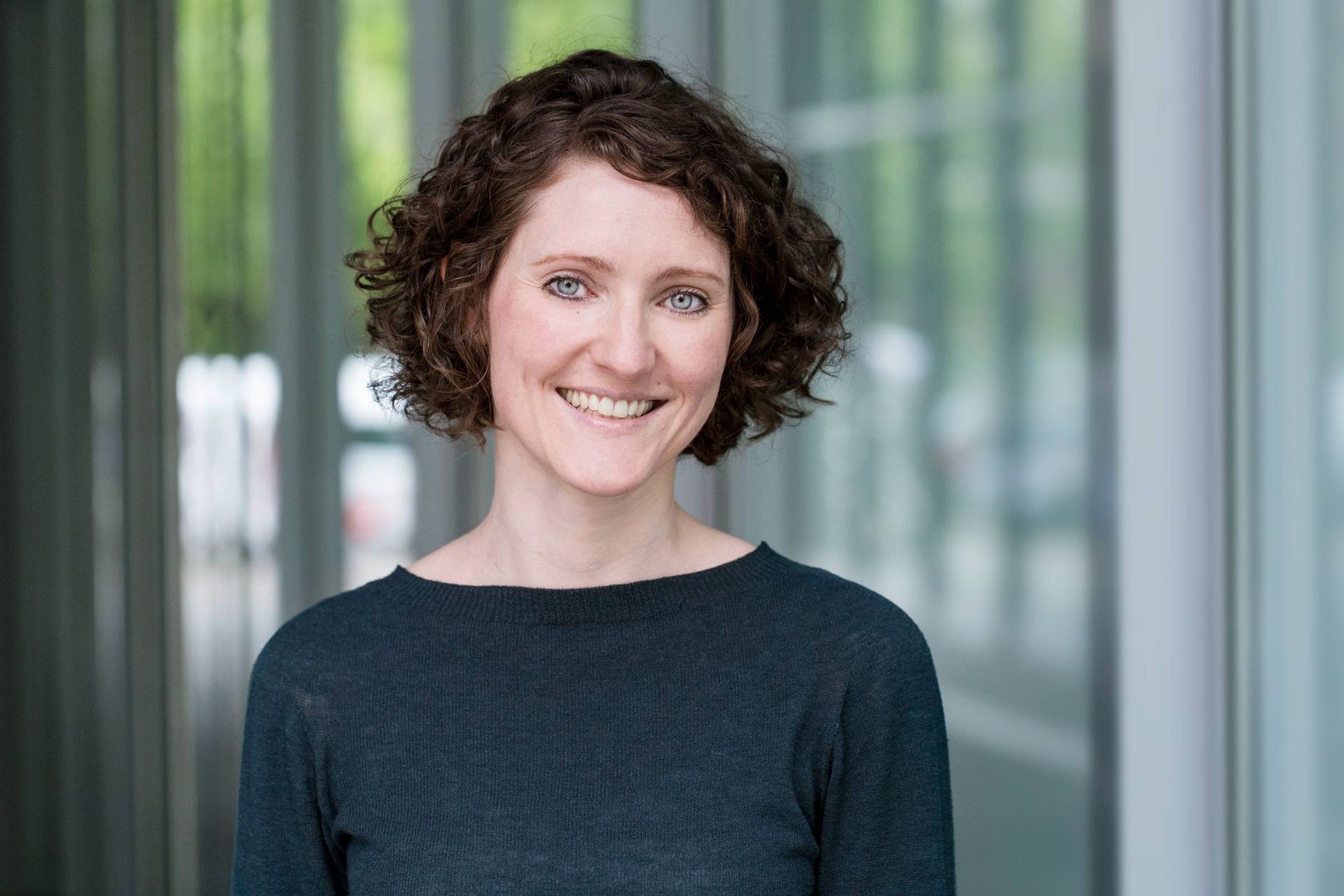Honda and Next Kraftwerke prequalify EV fleet for primary control reserve in Amprion’s TSO zone
Honda’s advanced research and development division, Honda R&D Europe (GmbH), has made a significant breakthrough in vehicle to grid (V2G) technology. In a pilot with Next Kraftwerke GmbH, one of Europe’s largest Virtual Power Plant (VPP) operators, a fleet of mass produced EVs has achieved prequalification for the provision of frequency containment reserve (FCR) in Amprion’s grid area.

When reacting to short-term frequency deviations in the power grid, TSOs like Amprion rely on balancing services that automatically intervene to restore the balance between supply and demand. Of the three types of reserve control products used for this purpose, FCR is the highest performance class for grid stabilisation. It is also referred to as primary control reserve as it is the first response to frequency disturbances.
The prequalification process within the pilot trial used a fleet of six Honda e's and six Honda Power Manager bidirectional CCS chargers. These met the high TSO requirements of FCR for charging and discharging and are thus pre-qualified to contribute to a stable grid frequency of 50 Hertz.
In the project, Next Kraftwerke acts as an aggregator and provides access to the FCR market. In Next Kraftwerke’s VPP, the EVs become part of an asset pool that consists of about 14,000 assets. Using real-time information from Next Kraftwerke about current control reserve demand, Honda’s own energy management system is able to react within required standard time and give charging and discharging commands to each individual vehicle, while respecting the single State of Charge (SOC) preferences of the individual EV driver.
This development is a vital step for advancing the role of EVs and bi-directional charging technology in any future sustainable energy system. Maintaining a consistent grid stability, will become one of the major challenges for the TSOs alongside with the further expansion of renewable energy sources.
“The project with Next Kraftwerke enables Honda to meet the new demands of the European market and deliver on its commitment to develop technologies that are creating value for society,” said Tom Gardner, Senior Vice President, Honda Motor Europe. “Typically, EVs are parked and connected to a charging station for most of the day, at offices and on driveways. Honda has identified that these standing times can be better utilised to offer additional services and revenues, through smart charging and discharging based on the current power grid frequency. This not only benefits EV owners, but also the surrounding infrastructure as we transition into an e-mobility-driven society.”
Alexander Krautz, Head of Business Development at Next Kraftwerke adds: „With the prequalification of the Honda e’s we have shown that grid stabilization with EVs is technically possible. To ensure that it does not remain a pilot project, we now need the regulatory framework and smart metering so that new business areas can develop for demand-oriented charging and the provision of balancing power by EVs.”
Press Contact
Lotte Lehmbruck
Do you have a press enquiry or would you like to be added to the press distribution list? Get in touch



